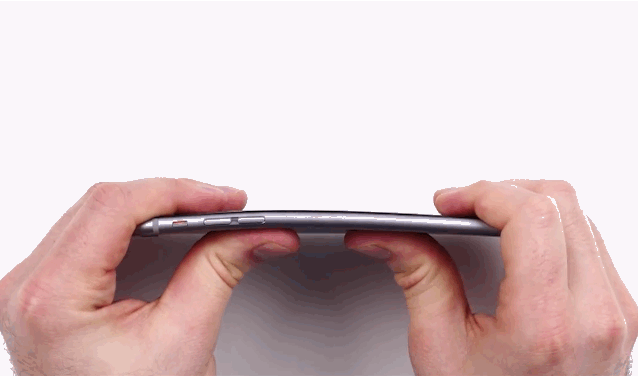A joke in Zoolander 2 pokes fun at the ’90s craze for tiny cellphones, something which today seems as retro as flannel shirts and Pulp Fiction posters in your dorm room.
With the upcoming iPhone 7, Apple is apparently showing us the next iteration of that ideal by bringing us a smartphone so thin — just 6.1 mm thick — that even Victoria’s Secret models would advise it to eat a sandwich.
But are super-slim iPhones what users really want, or have Jony Ive and Apple’s design team taken things too far?

Photo: Paramount Pictures
The eternal quest for a thinner iPhone is as old as Apple’s smartphone itself. The first iPhone prototype was approximately 2 inches thick, which was thinned down to 11.6 mm for the official release.
By the iPhone 4, the phone had slimmed down to just 9.3 mm. The iPhone 5 shrunk this to 7.6 mm, while the iPhone 6-generation handsets shaved off extra atoms to bring in a dangerously skinny thickness of just 7.1 mm.
For Apple, bringing out ever-thinner iPhones represents more than just an easy selling-point metric for casual buyers (who may not know the difference between an A8 and A10 chip, but can certainly understand a thinner phone). The long slog toward slenderness fits into Jony Ive’s overall design philosophy of finding the perfect Platonic form for every product: a gadget with no extraneous parts or wasted space.
But when does slimline become “thin enough” or even “too thin”? We got a glimpse of the answer in 2014, when Apple experienced the Bendgate phenomenon, which appeared to shock the general public by revealing (drum roll, please) that a very thin piece of metal will bend if you apply enough force.
Apple solved the problem with the iPhone 6s, by adding reinforcement, but it’s apparently not backing down on its “thinner is better” stance.
The next casualty of the quest to make a lean, mean iPhone could be the 3.5 mm headphone jack that we’ve all come to know and love: Apple is rumored to be killing the headphone jack in the iPhone 7.
Should Apple make the iPhone 7 thinner than ever?
— Cult of Mac (@cultofmac) March 1, 2016
There is another reason to think that thinner isn’t always better: batteries.
Battery life has always been a weakness of the iPhone, and even my iPhone 6s Plus (which comes with a comparatively super-sized 2,750-mAh lithium-ion battery) lasts well under a day of continuous heavy usage. A thicker iPhone could hold a bigger battery, which would deliver that all-important juice for longer.
Neat battery tricks for low-power usage and charging, many of them licensed from companies like Qualcomm, have helped improve the user experience when it comes to batteries, but there is no equivalent of Moore’s law in the battery world — and few practical miniaturized solutions on the horizon.
A bigger battery for the iPhone would be worth sacrificing several millimeters of thickness for the handset, in my opinion. Heck, the iPhone 4 still feels plenty thin — and it’s a whole third thicker than the rumored iPhone 7.
In a poll of Cult of Mac readers, we asked, “Should Apple make the iPhone 7 thinner than ever?” Opinions on the topic were split: 42 percent said the next iPhone should be even thinner, and 58 percent said the current model is thin enough.
“Not if it sacrifices the battery life and makes it get rid of the 3.5mm headphone jack,” one reader replied.
Do you think Apple should make the iPhone thinner, or has the quest gone as far as it can — or perhaps too far? What is your ideal thickness for a smartphone? Leave your comments below.


